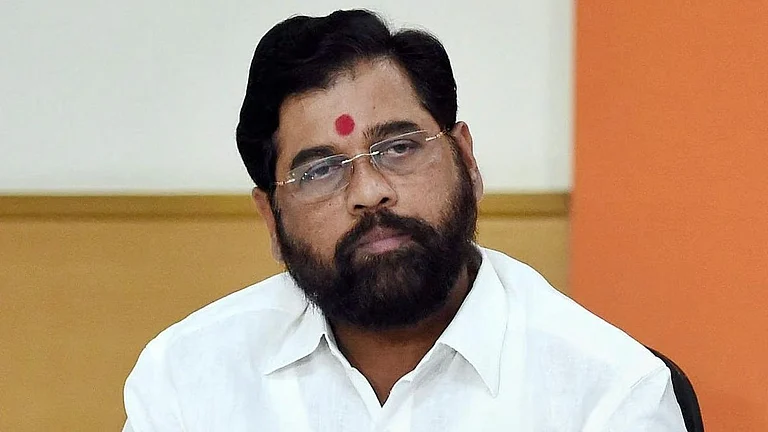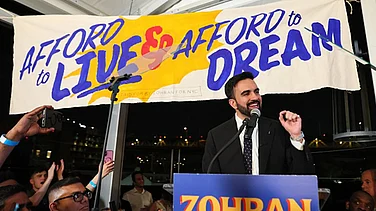According to a recent survey conducted by AARP, more than one-quarter of adults in the United States aged 50 and over anticipate never retiring. Additionally, 70 percent express worry about the cost of living outpacing their income. These findings shed light on the financial anxieties gripping a significant portion of the country's older population.
Released on Wednesday, the research unveiled by AARP underscores the challenges faced by many Americans as they approach retirement age. Shockingly, about 25 percent of respondents admitted to having no retirement savings whatsoever. The study, based on interviews with over 8,000 individuals in collaboration with the NORC Center for Public Affairs Research, highlights the financial strains that prevent people from saving for their later years, with everyday expenses and housing costs being primary culprits.
The implications of these findings extend beyond personal finance; they also hold political weight, particularly in an election year. As Democratic President Joe Biden and Republican contender Donald Trump vie for support from older demographics, their policy proposals are under scrutiny. The AARP's survey illuminates concerns about retirement security, with one-third of older adults carrying credit card balances exceeding $10,000 and a significant portion worrying about meeting basic living expenses.
Indira Venkateswaran, AARP's senior vice president of research, emphasized the urgent need for accessible retirement savings options, especially amidst rising prices. She noted that for many older Americans, retirement seems like an increasingly distant prospect.
The trend of older individuals postponing retirement has been on the rise, reflecting the challenges posed by inadequate savings. David John, senior strategic policy advisor at the AARP Public Policy Institute, highlighted the growing number of older workers remaining in the labor force due to insufficient retirement funds, a trend likely to persist.
With older voters playing a pivotal role in elections, candidates are keen to address their concerns. Biden has championed initiatives such as a $35 price cap on insulin for Medicare recipients, while Trump has signaled openness to entitlement cuts, sparking debates about the future of programs like Social Security and Medicare.
However, proposed cuts to these programs face resistance from the majority of Americans, according to a recent AP-NORC poll. As the financial stability of Social Security and Medicare comes under scrutiny, concerns mount about their ability to provide full benefits in the near future.
The trustees' annual report indicates that both programs could face insolvency within the next decade, highlighting the urgency of addressing their financial health. Medicare, in particular, is projected to struggle to cover essential services by 2031, followed closely by Social Security.
Amidst these challenges, public opinion favors measures to sustain Medicare without cutting benefits, including raising taxes on high earners.


























